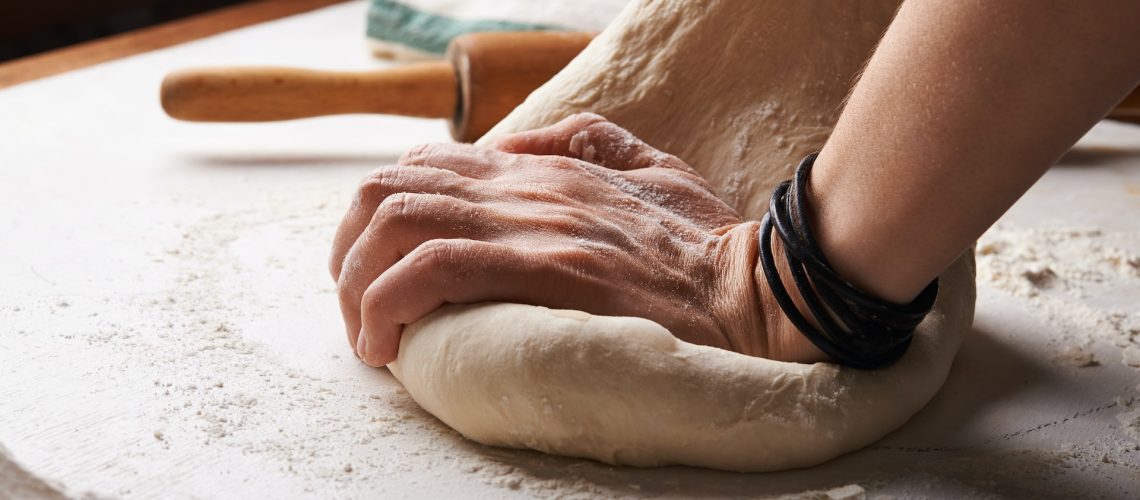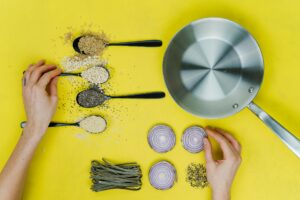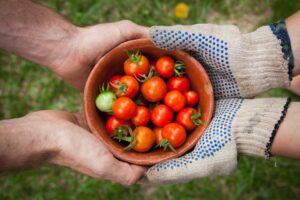Food plays central role in any human’s existence, and therefore is obviously a powerful medium also in social impact activities. But besides the power to connect and nourish, it possesses these physical qualities that entice the senses and can be used for therapeutic purposes – taste, smell, touch, hearing and intra-body senses. Besides filling the stomach, food brings pleasure, entertainment, curiosity and many other emotions to life just through the tangible qualities that it has.
As we concluded in the report “Relatable, Creative and Barrier-breaking: the Power of Food in Facilitating Activities for Social Impact” (see here), such usage of food is broadly common among changemakers in the EU. Just like clay and other materials used in handicrafts, food is used in socially-driven research workshops, as well as various art-therapy derived approaches with communities. To explain the driving motivations and potential benefits for facilitators, here we offer a short insight into the methodology of bread therapy.
About bread therapy
As discussed before, baking bread and cooking in general has been a great therapeutic tool since ancient times. But for the world the concept of “bread therapy” appeared only through the work of Dr. Nadezhda Savova in 2009, when she first invented and tested the approach with the community, as well as founded Bread Houses Network in 2009. Baking with people with various disabilities later evolved as proven art therapy methods in our work with social workers and psychologists and workshops with various groups in need of therapy.
HEELING THE WORLD…crumb by crumb!*
*“heel” = the part of the hand with which we knead dough; the end crust of the bread loaf
Bread therapy is a unique form of therapeutic intervention that utilizes the process of bread-making to promote emotional well-being and foster a sense of community. This approach combines elements of traditional therapy with the meditative and cathartic qualities of baking bread. Participants are guided through the entire bread-making process, from mixing the ingredients to kneading the dough and finally, witnessing the transformation as the bread bakes. The tactile nature of the activity, along with the rhythmic motions involved in kneading, can help reduce stress, anxiety, and depression, while promoting mindfulness and a sense of accomplishment.

How can bread therapy benefit communities?
Beyond its individual benefits, bread therapy can be used as a powerful tool to achieve social impact. It can be implemented in various community settings, such as mental health centers, schools, or rehabilitation programs, to promote inclusivity and cohesion. By bringing people together around a common, tangible goal, bread therapy fosters social interaction and helps break down barriers between individuals from different backgrounds. Participants not only learn valuable therapeutic techniques but also develop empathy, communication skills, and a sense of camaraderie. Moreover, in some cases, bread therapy workshops have evolved into social enterprises where participants, particularly those from vulnerable or marginalized communities, can gain valuable vocational skills and earn a livelihood, thus creating a lasting and positive impact on society.
–
Photo by Nadya Spetnitskaya on Unsplash








